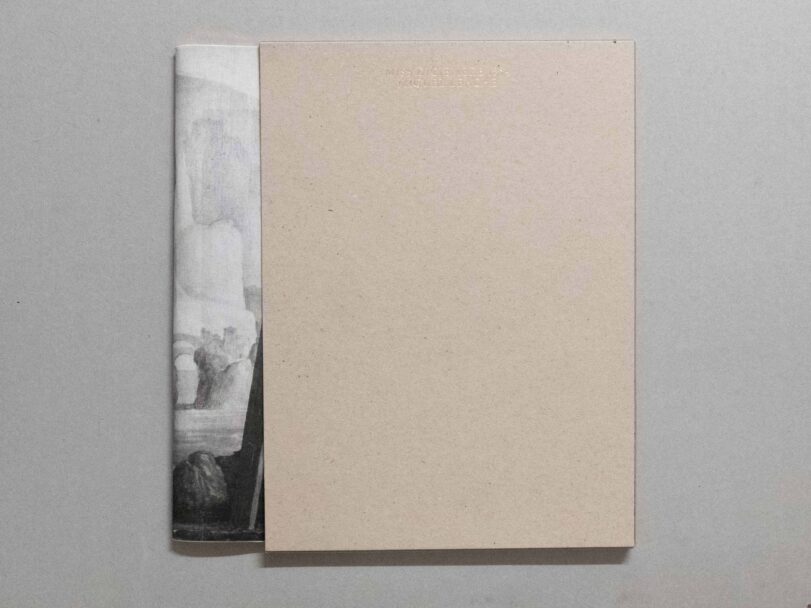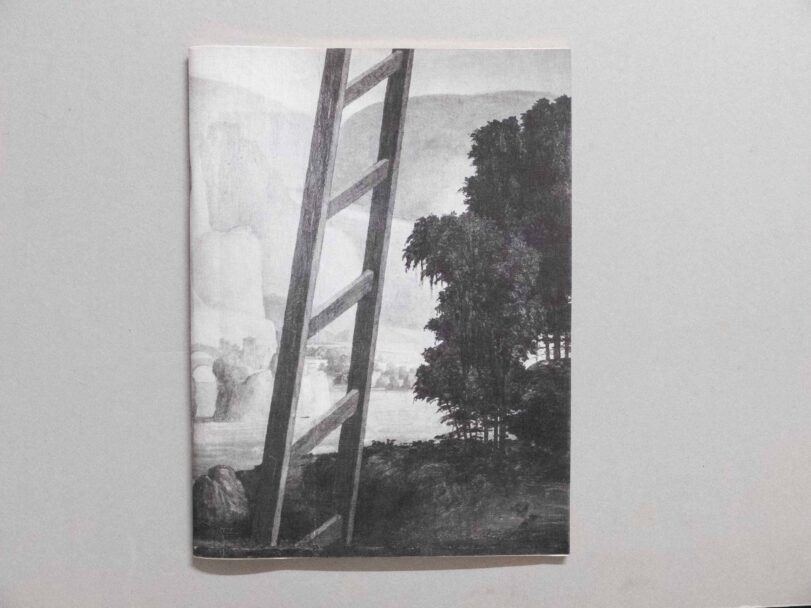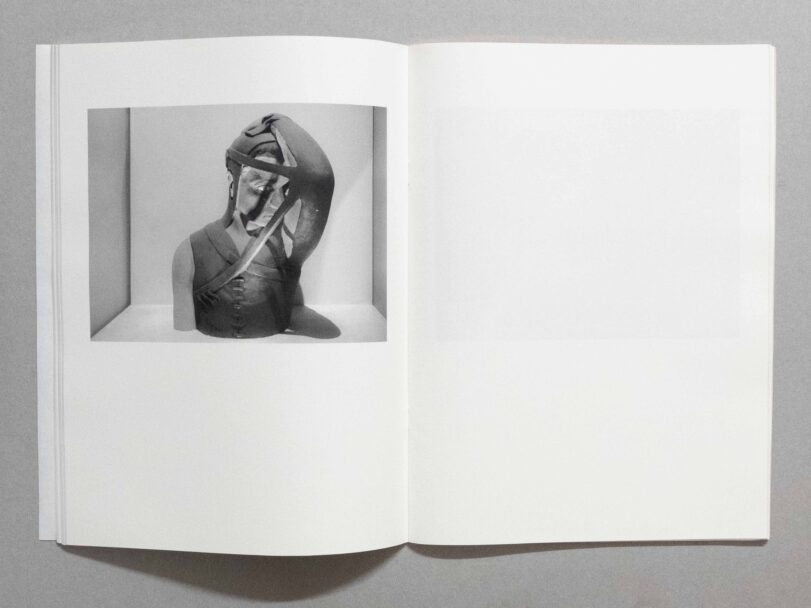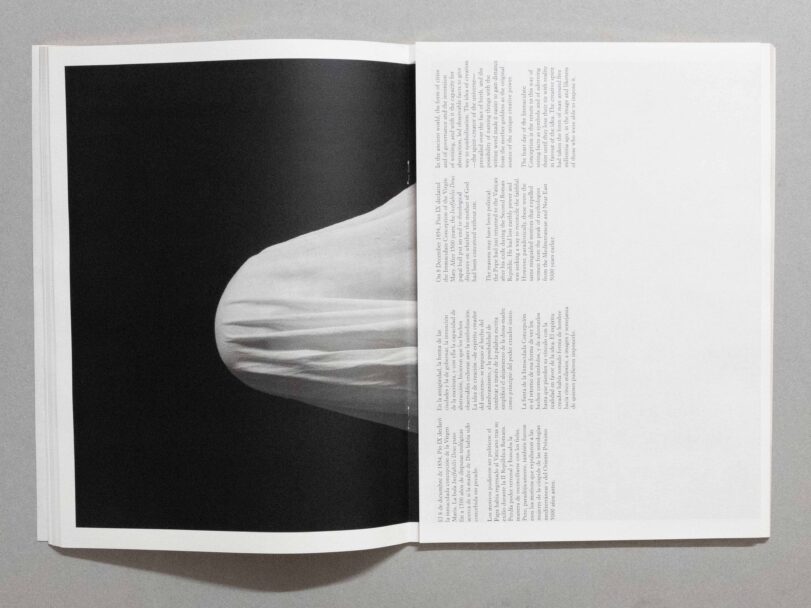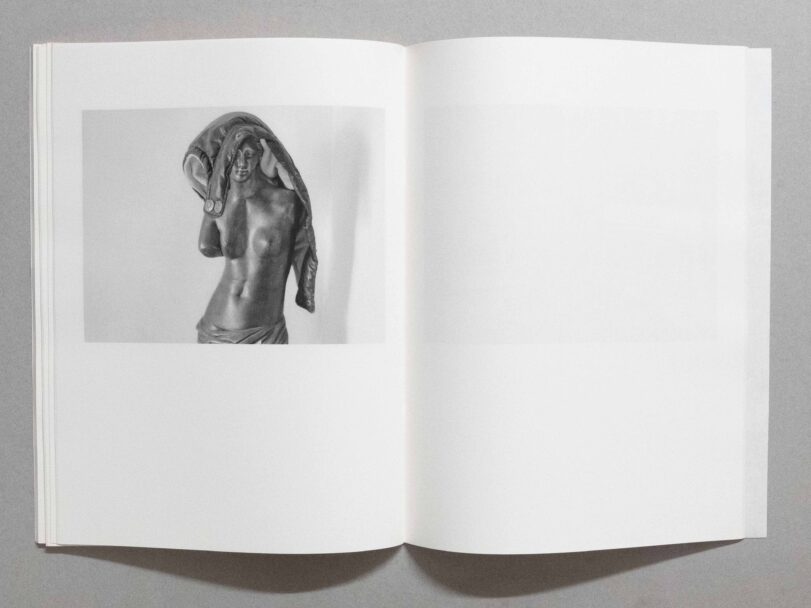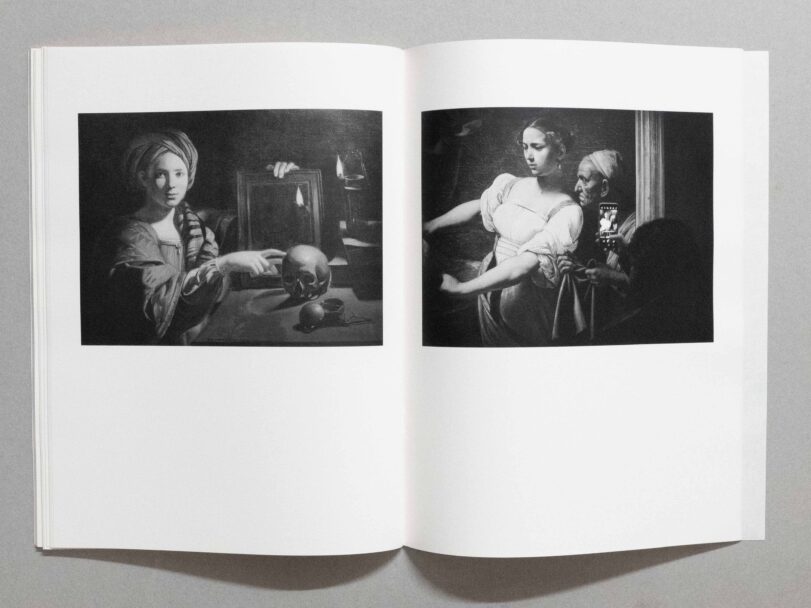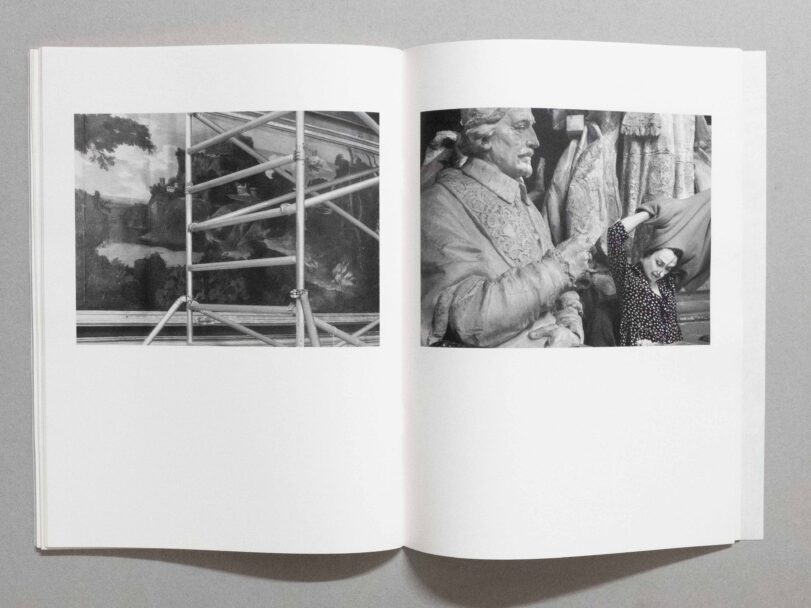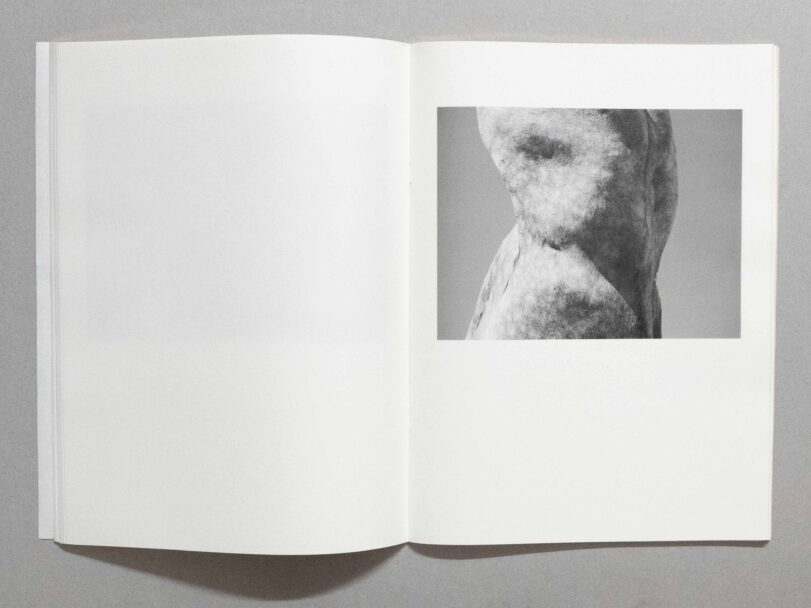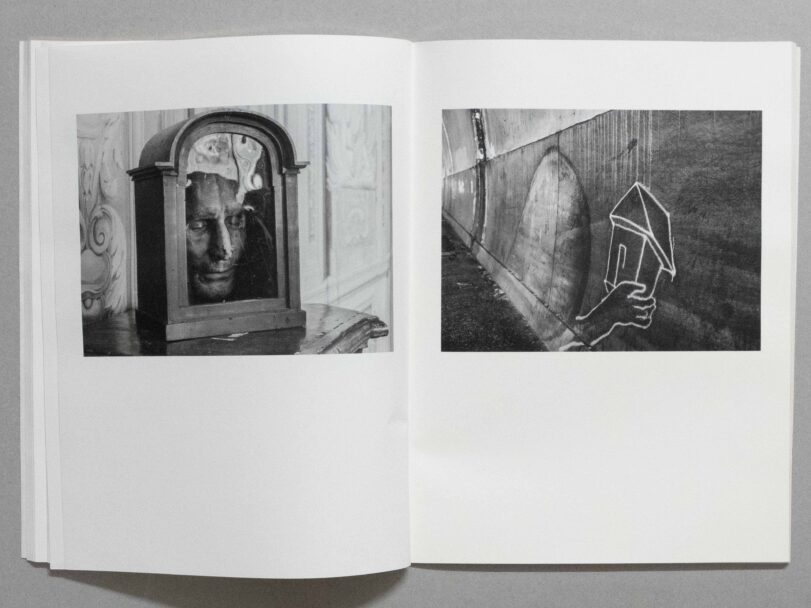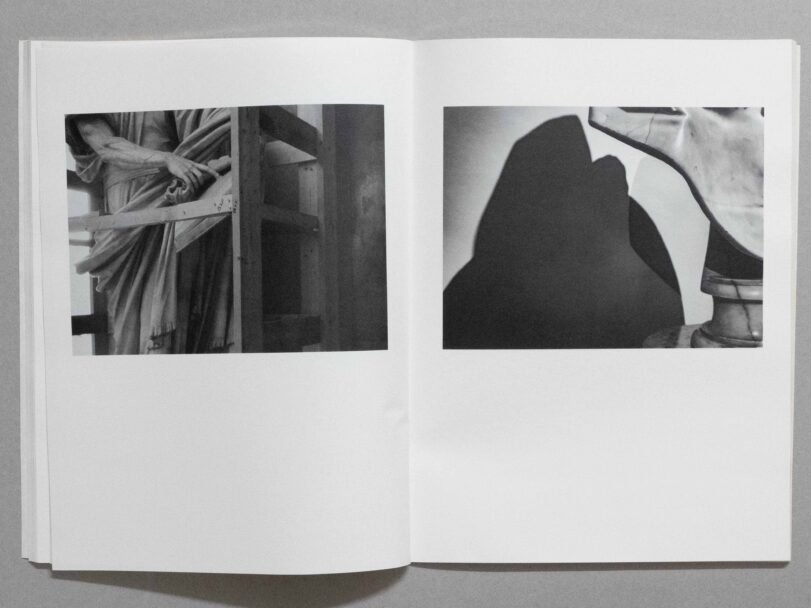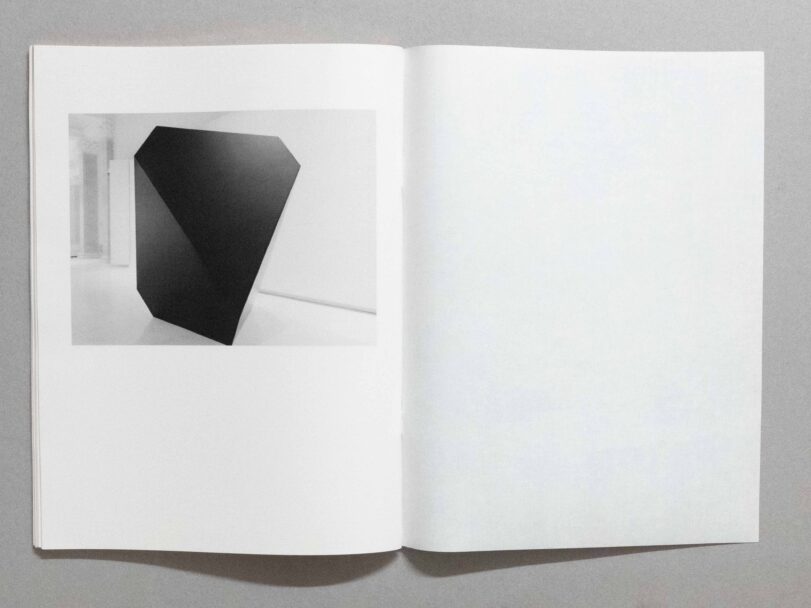
Miguel Leache, Miss diciembre 1854, 2024
35 Euro

12 in stock
On 8 December 1854, Pius IX declared the Immaculate Conception of the Virgin Mary. After 1500 years, the Ineffabilis Deus papal bull put an end to theological disputes on whether the mother of God had been conceived without sin. The reasons may have been political: the Pope had just returned to the Vatican after his exile during the Second Roman Republic. He had lost earthly power and was seeking a way to reconcile the faithful. However, paradoxically, these were the same misguided motives that expelled women from the peak of mythologies from the Mediterranean and Near East 5000 years earlier.
In the ancient world, the form of cities and of governance and the invention of writing, and with it the capacity for abstraction, led observable facts to give way to symbolisation. The idea of creation -the spirit-creator of the universe-prevailed over the fact of birth, and the possibility of naming things with the written word made it easier to gain distance from the mother-goddess as the original source of the unique creative power.
The feast day of the Immaculate Conception is the return to this way of seeing facts as symbols and of adorning them until they lose their tie with reality in favour of the idea. The creative spirit had taken the form of man around five millennia ago, in the image and likeness of those who were able to impose it.

Miguel Leache, Miss diciembre 1854
Heads Take Away, 2024
50 photo etchings signed and numbered by the author
Gold edge
Cover in cotton fabric
Presented in cardboard case
72 pages
300 × 400 mm
ISBN 978-84-09-58127-6

